Things to do in Perpignan – A Visit to Pyrénées-Orientales and French Catalonia
categories: europe travelPyrénées-Orientales is located in Southern France between the Mediterranean sea and the Pyrenees. It’s also part of Catalonia, and its main city is Perpignan. There are tons of activities to do there, especially during summer. From relaxing at the beach and exploring natural wonders to visiting the Middle Ages castles, this part of France has a lot to offer. Listed below are some places you shouldn’t miss during your trip to Pyrénées-Orientales.
Most of the sites listed below are accessible via public transportation but not all of them. It might be a good idea to rent a car for a couple of days. The most central location to stay at would be Perpignan, but you can also stay by the beach or more in the countryside near Prades or Villefranche de Conflent.
Table of contents: ()
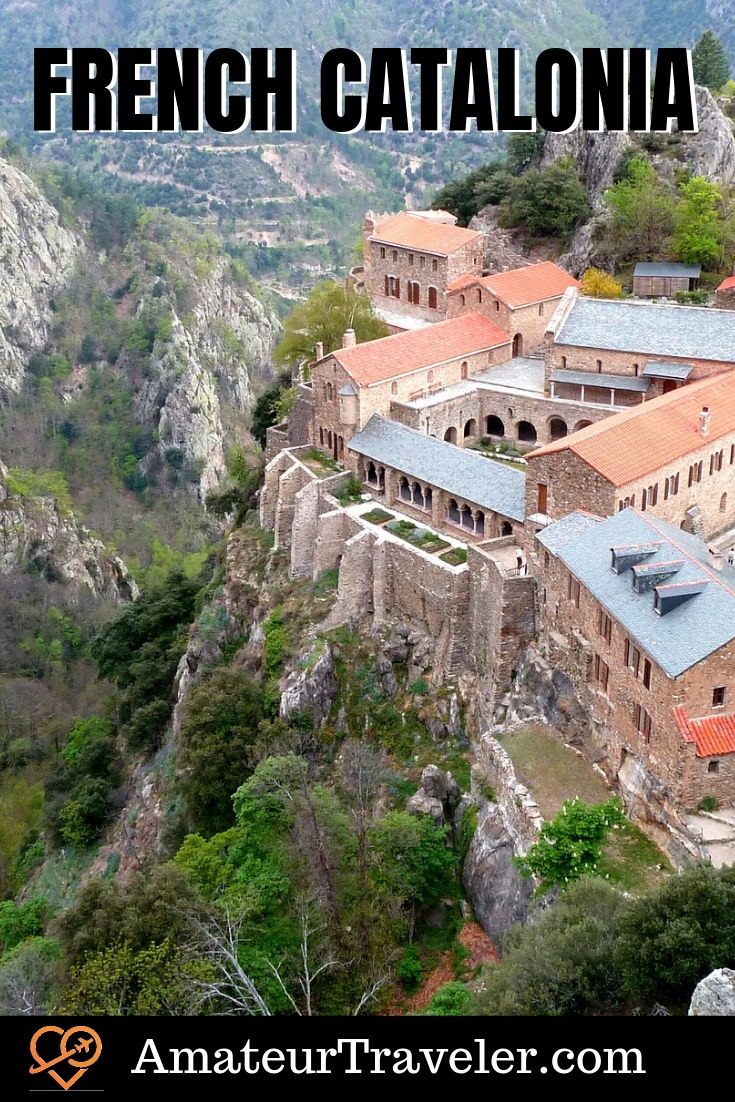
Tautavel
Tautavel is famous for being the place where some of the oldest human remains in Europe were found. Its museum boasts an impressive prehistorical artifacts collection and is super informative.
You can visit the Arago Cave where the remains were found, just know it’s not easy to access, and it’s often closed. Call the museum beforehand to check the schedule.
Tautavel is also a beautiful place to spend a couple of hours, enjoying the river, especially on hot days. It might get crowded pretty quickly, so prefer going in the morning. The Gorges du Gouleyrous is the best place to go if you want to swim. It’s easy to access, and you can do some rock climbing or just enjoy the water and the view.
“Les Orgues” in Ille-sur-Têt
In Ille-sur-Têt, you’ll find some of the world’s most incredible rock formations. It’s a unique landscape formed by water and five million years of erosion. The rocks are made of sand and clay and mostly come from the Pyrenees mountains. You can stroll around the area freely, it takes around an hour to visit the site. You can also arrange for a guided visit in English.
The entrance fee is 5 euros, and the site is open from 9:15 AM to 8 PM during summer, only in the afternoons during the winter.
Collioure
Collioure is one of the last coastal villages before the border. Its small paved streets, handicraft shops, and cute pebble beaches make it the perfect destination if you want to visit a typical French village.
While in Collioure, you should walk around the village, check out some locals crafts, go by the beach and visit the royal castle. The castle was build in the 13th century, the fort was added in the 16th century. It can be visited from every day from 9:30 AM to 6:30 PM in July and August (10 to 5 the rest of the year). The entrance fee is 4 euros. You’ll get a panoramic view of the village and the Mediterranean from the top. It’s also a museum where you can learn more about the city’s history.
If you like art, you can check out La Maison du Fauvisme, a cultural center. Many painters such as Matisse and Derain were inspired by Collioure settings. The city organizes thematic guided tours of Collioure based on Fauvism and the painters who visited the town.
Find more information on Collioure on their website.
Avoid restaurants there, the majority are tourists’ traps. You can drive there, but it might be hard to find a spot to park, especially during high season. Alternatively, you can take the train to get there.
Perpignan
Perpignan has a few sites worth visiting. The city center is a good start, strolling around the small paved streets. Don’t miss the Castillet, the city’s most iconic building. It used to be a prison and to be part of the city’s fortifications. The whole wall, apart from the Castillet, has been destroyed by developers as the city grew.
You should also visit the Palais des Rois de Majorque. This medieval palace was built in the 13th century and is a reminder of Perpignan’s power over the Mediterranean basin during this period. It was turned into a citadel in the 15th century. During summer, there are often events organized there, especially concerts and plays.
The entrance fee is 4 euros, and the palace is open every day from 9:30 AM to 6:30 PM in July and August (10 to 5 the rest of the year). If you speak French, there are two free guided visits a day (11 AM and 3 PM).
Beaches
Unfortunately, this part of France doesn’t have the best beaches, but it still is a popular beach destination for budget travelers. During the summer, beaches are usually packed and busy. There are tons of water activities you can do, or you can just relax at one of the many beach clubs along the coast.
Canet is the closest beach to Perpignan, it’s also the most crowded. If you want something wilder, check out Sainte-Marie-la-Mer, it’s mostly a residential area with small houses so no big concrete buildings like in Canet. If you go a bit further, you might even find a spot all to yourself. If you want something in the middle, you can spend some time in Argelès or Port Barcarès.
Prieuré de Serrabona
Built in the 11th century in Boule D’Amont, Serrabona priory is a Roman Art masterpiece. From its marble gallery to its cloister, you’ll find fine sculptures at every corner. Most carvings feature fantastic animals, which is highly representative of Roman Art. The priory’s garden is also worth a look.
The entrance fee is 4 euros. It can be visited every day from 9:30 AM to 6:30 PM in July and August (10 to 5 the rest of the year).
Abbaye de Saint-Martin-du-Canigou
In Casteil, a small Pyrenean village, you’ll find the Saint-Martin-du-Canigou Abbey, built in 1009. The abbey is a jewel of Roman architecture and keeps many artistic treasures. After a short trek from the village, you’ll reach the Abbey, you can keep going to have a nicer view.
During summer, the abbey organizes guided visits every hour from 10 AM to 5 PM. The entrance fee is 6 euros.
Fontrabiouse Cave
This huge cave, discovered in 1958 by accident, is a great way to learn more about geology. A one-kilometer path has been installed for you to watch millennium-old rock formations, subterranean lakes, columns, and stalagmites. The views are impressive.
Open every day from 10 AM to 4:30 PM (6 PM in summer)
Villefranche de Conflent
In Villefranche, you shouldn’t miss “Les Trois Grottes,” a group of three caves located within 500 meters of each other. Like Villefranche, they are part of a UNESCO World Heritage area. The caves are vast with fantastic views over impressive rock formations. They are easy to visit, the most frequented is the Grandes Canalettes cave. You can check out their official website for more information. The entrance fee is 10 euros.
In Villefranche, you can also visit Fort Liberia, a military fortress built by Vauban in 1680 and fortified by Napoleon the third. It’s connected by a steep staircase to the medieval city below, the only way to access it unless you have a 4 wheeler, it takes around 20 minutes on foot to reach the fort. The entrance fee is 7 euros, they also organize guided visits in English.
Below, in the village, you can have a look at the city’s fortifications built from the 11th to the 19th century and enjoy the quiet, rural atmosphere. The settings are perfect, surrounded by nature and mountains, Villefranche is a great place to disconnect for a while
Leave a Reply
Tags: article, france, pyrénées-orientales

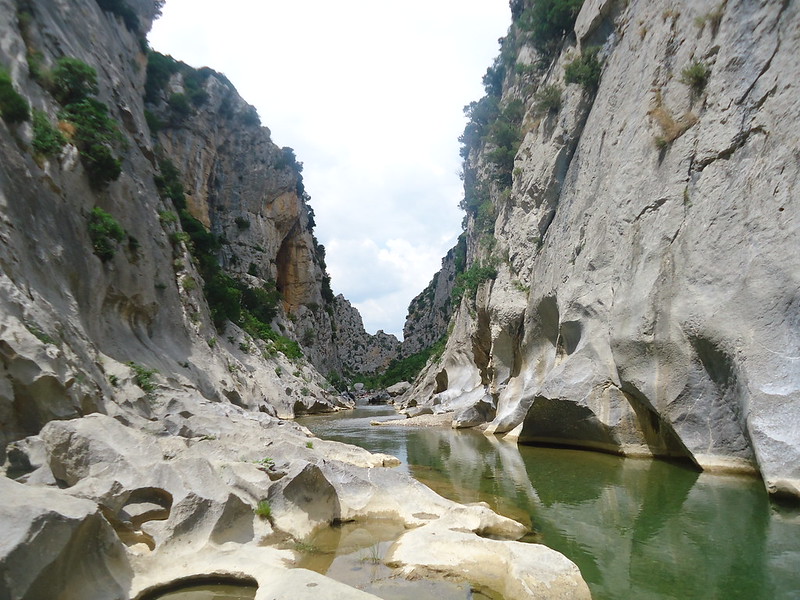
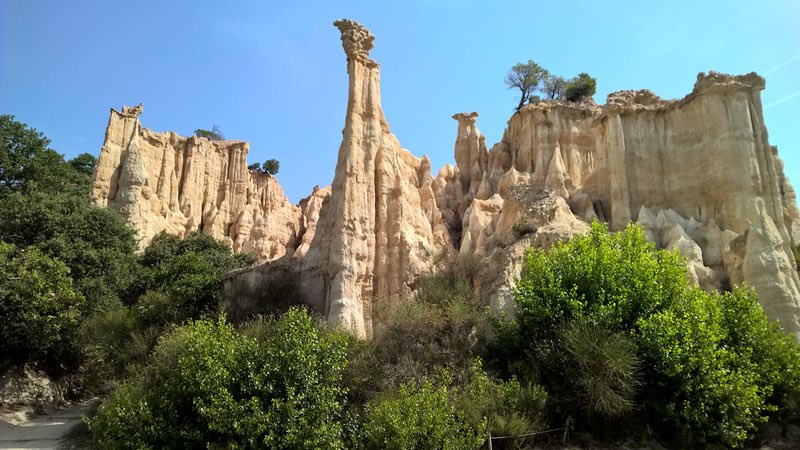
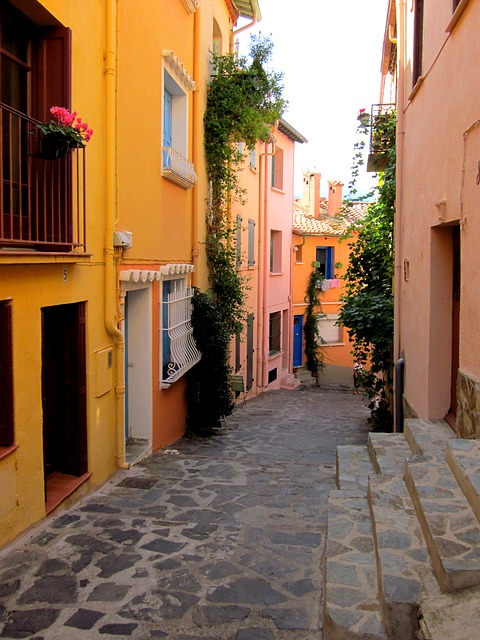
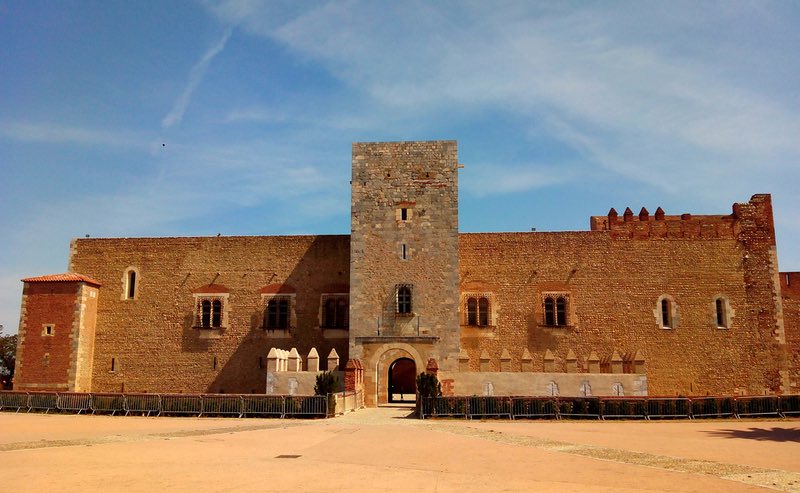
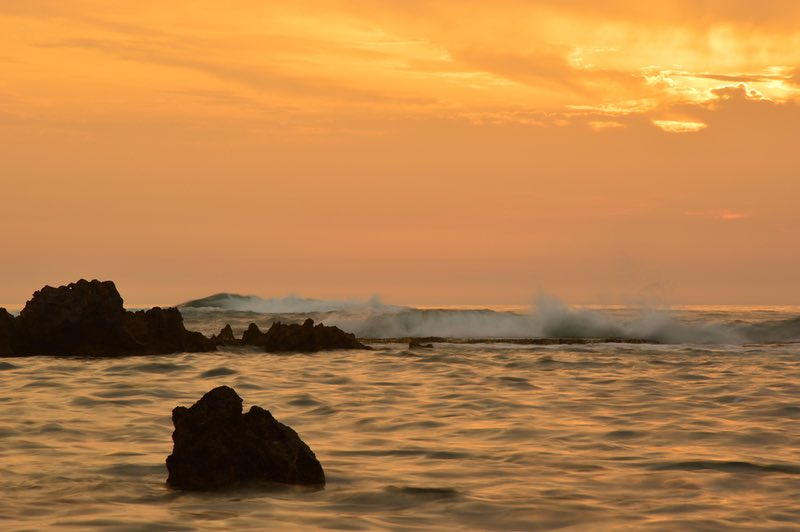
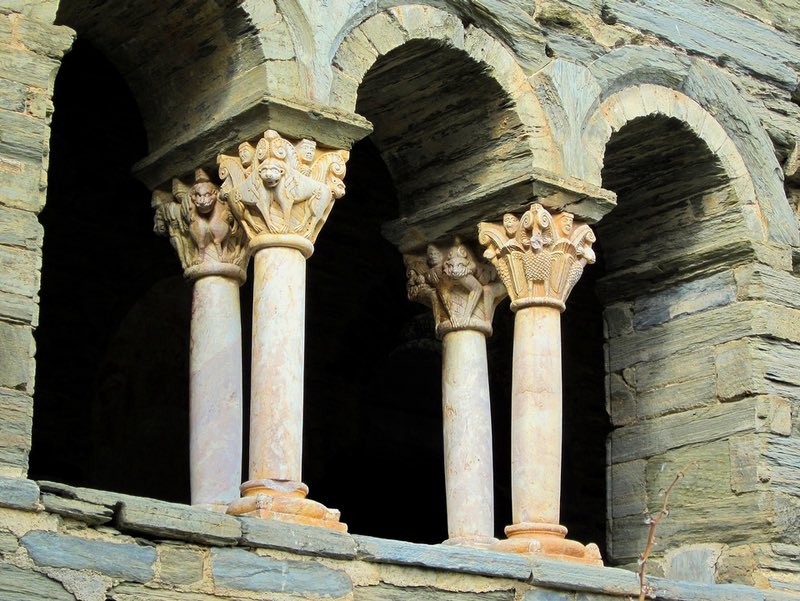



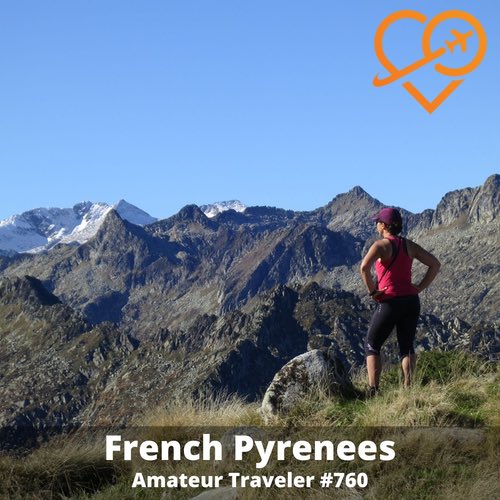 Travel to the French Pyrenees – Episode 760
Travel to the French Pyrenees – Episode 760 A French Dream – Travelling to Corsica – Ile de Beauté
A French Dream – Travelling to Corsica – Ile de Beauté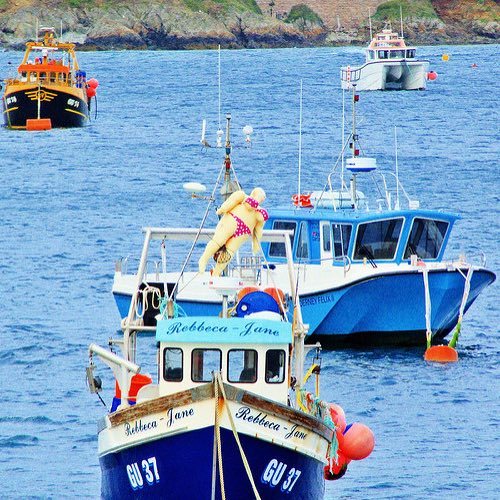 French and British Culture in The English Channel Islands
French and British Culture in The English Channel Islands Travel to Burgundy and the French Countryside – Episode 114
Travel to Burgundy and the French Countryside – Episode 114

